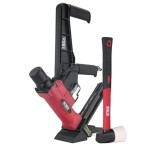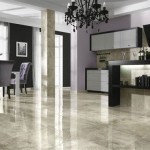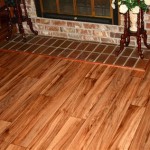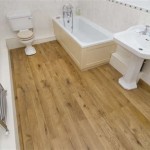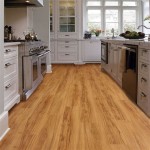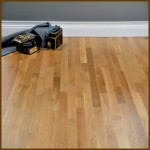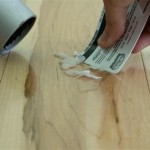Why Is My Wood Floor Lifting So Much?
A wood floor that is lifting or buckling can be a frustrating and unsightly problem. It can also pose a safety hazard, creating tripping risks. Understanding the reasons behind wood floor lifting is crucial for addressing the issue effectively. This article explores common causes of wood floor lifting, providing insights into the underlying problems and potential solutions.
Moisture Issues
Wood is a hygroscopic material, meaning it absorbs and releases moisture from the surrounding environment. When wood absorbs too much moisture, it expands. This expansion can put significant pressure on the floorboards, leading to lifting, cupping, and buckling. Several factors contribute to moisture issues in wood floors:
- Leaks: Leaky pipes, roof issues, or even condensation from windows can introduce excess moisture into the subfloor and floorboards.
- High Humidity: Living in a humid climate or having poor ventilation can create an environment conducive to moisture buildup.
- Improper Subfloor Installation: Insufficient drainage or inadequate vapor barrier can allow moisture to permeate the subfloor, affecting the floorboards above.
- Unsealed Wood: Unfinished or improperly sealed wood floors are more susceptible to moisture absorption, leading to expansion and lifting.
Addressing moisture issues is crucial for preventing further lifting. Thoroughly investigate the source of the moisture, making necessary repairs or adjustments to prevent further water intrusion. Ensure adequate ventilation in the affected area and consider installing a dehumidifier if humidity levels are consistently high.
Subfloor Problems
A strong and stable subfloor is essential for supporting the wood floor. When the subfloor is damaged or improperly installed, it creates weaknesses that can lead to lifting. Common subfloor problems include:
- Rot or Decay: Moisture damage can cause subfloor joists to rot or decay, weakening their structural integrity.
- Sagging Joists: Over time, subfloor joists can sag under the weight of the floor above, leading to unevenness and lifting.
- Insufficient Support: Improperly spaced or insufficiently sized subfloor joists can create weak points, contributing to floor lifting.
- Improper Fastening: If the subfloor is not properly fastened to the joists, it can move and cause floorboards to lift.
Addressing subfloor issues often requires professional intervention. A qualified contractor can inspect the subfloor, identify any problems, and recommend appropriate solutions. This may involve replacing rotted joists, reinforcing existing ones, or installing additional support.
Improper Installation
The way a wood floor is installed can significantly impact its longevity and stability. Installing a wood floor without proper techniques or materials can lead to lifting. Common installation mistakes include:
- Improper Acclimation: Wood needs time to adjust to the humidity and temperature of its environment before installation. Failure to acclimate wood properly can lead to expansion and lifting.
- Insufficient Expansion Gaps: Wood floors need space to expand and contract with changes in humidity. Inadequate expansion gaps can restrict movement and lead to buckling.
- Improper Nail or Staple Placement: Incorrect nailing or stapling techniques can leave floorboards loose and prone to lifting.
- Uneven Subfloor: A subfloor that is not level can create unevenness in the finished floor, leading to lifting and instability.
Correcting installation mistakes can be challenging and may require professional assistance. If the lifting is due to improper installation, it may be necessary to remove and reinstall the affected floorboards. This is best left to experienced contractors who can ensure proper techniques are used.
Addressing wood floor lifting issues requires understanding the underlying causes. Identifying whether moisture, subfloor problems, or installation errors are responsible is crucial for selecting appropriate solutions. Early intervention is key to preventing further damage and preserving the longevity of your wood floor.

Why Has My Hardwood Floor Lifted Up Ambience Flooring

How To Fix Laminate Flooring That Is Lifting And Why It Happens Gc Pros

9 Laminate Flooring Issues Tips And Tricks To Fix Them

How To Fix Vinyl Plank Flooring That Is Lifting Or Buckling

Measuring Wood S Moisture Content Construction

How To Keep Your Wood Floors From Scratching

Moisture Wood Movement Branching Out

7 Ways To Stop That Squeak Coming From Your Hardwood Floors

The Moisture Trap Rosebud Floors

Why Is My Luxury Vinyl Plank Flooring Lifting How Do I Fix It


